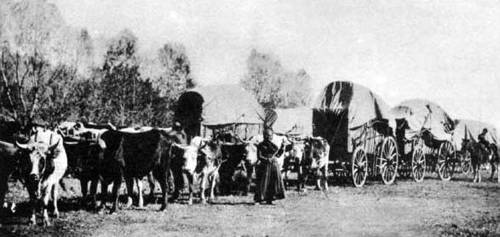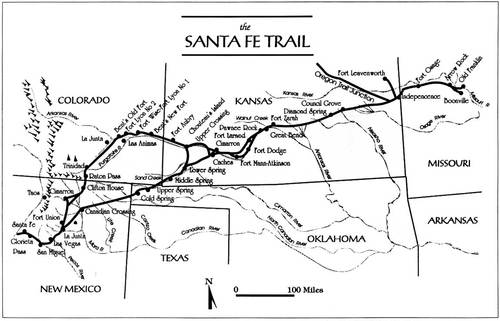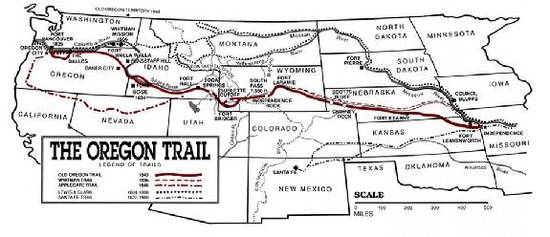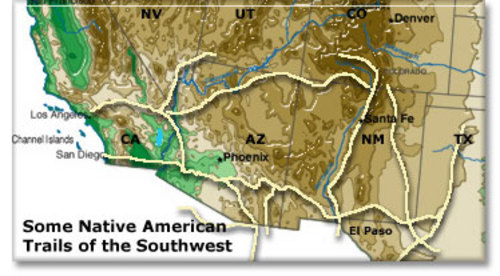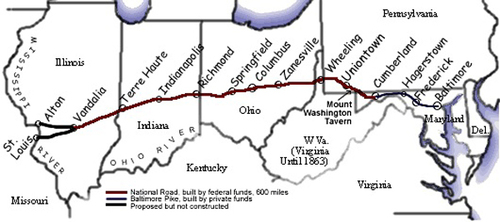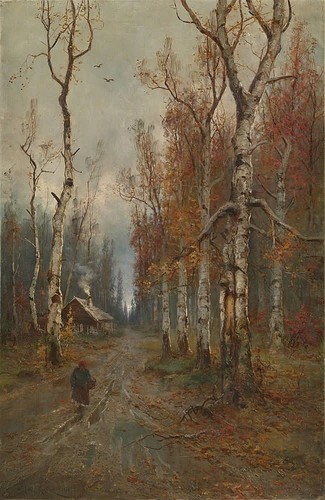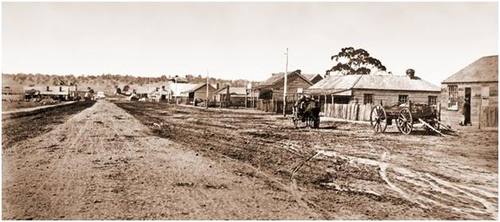The evolutution of roads was slow and imprecise:
The Early Passageways:
Most Americans connect with the westward travel beginning in the early 1800's and growing strong till the late 1800's. The foundations of the midwestern part of our country began with the Louisiana Purchase of 1803. Even after the land connected the east with the west, it took decades for wagon trains of settlers to migrate into the great midwestern areas.
SantaFe Trail:
The Santa Fe Trial dates from as early as 1792, though it was mostly traveled after the 1920's, to the 1850's. From the longest points it would be just a little over 900 miles long.
Oregon Trail:
The Oregon trail dates from around 1800 to the 1840's. The trail from farthesr points would be around 2,000 miles. The Oregon trail had several mountain routes in that these were the roughest areas,
South Western Trails Allowed For Greater Social Growth:
The native trails in the south were very different from the trails found in the north. These trails date as far back as the 12th. century but are not well defined till the early 1800's. From southern California, Arizona, New Mexico, parts of Colorado, and western Texas, there was greater development because of the warmer weather. Stable towns (though small), trading centers, stable buildings, and crafts like pottery, led to greater commercialism. These trails also were the foundation to northern travel routes as the decades passed.
The old "National Road" in the southeast:
(The old National Road (sometimes called the Cumberland trail) was conceived of by 1811 and construction began shortly thereafter. It was not fully complete till around 1850 but some parts were used by 1815.
- there was constant money problems plaguing construction
- this road was the first Federally Funded road in US history
- the road was constructed in a peacemeal fashion
- a lack of commitment to the road caused progress to be slow and uneven in construction
- it was used for mail by 1818
- the road became a freight route and many towns were founded along the way
- by 1920, it was a part of the developing highway system though still crude to modern standards
Typical trail from the early 1800's:
Early trails turned into defined roads. Not "refined" roads but roads with clear starting and stopping points. Early travelors walked, horses came later because of their cost to buy and cost to maintain. Stopping points evolved around every 8 to 10 miles and offered water anf crude food. In less developed areas there might not be any stopping places. Travelors would have to catch their own food and would need to drink from a lake, river, or stream.
The big city in the west:
The picture above would be a big city in the 1840's/1850's. There were few of them and anything over 6 or 7 buildings would be considered big. Many towns would have only a stable with and blacksmith with a trading post. Attached to the trading post might be a curde hotel which served meals only several times per day. Most larger towns were built around railroad lines or large rivers.
Go to Braddock's Trail in section "Maps II," third picture down.
